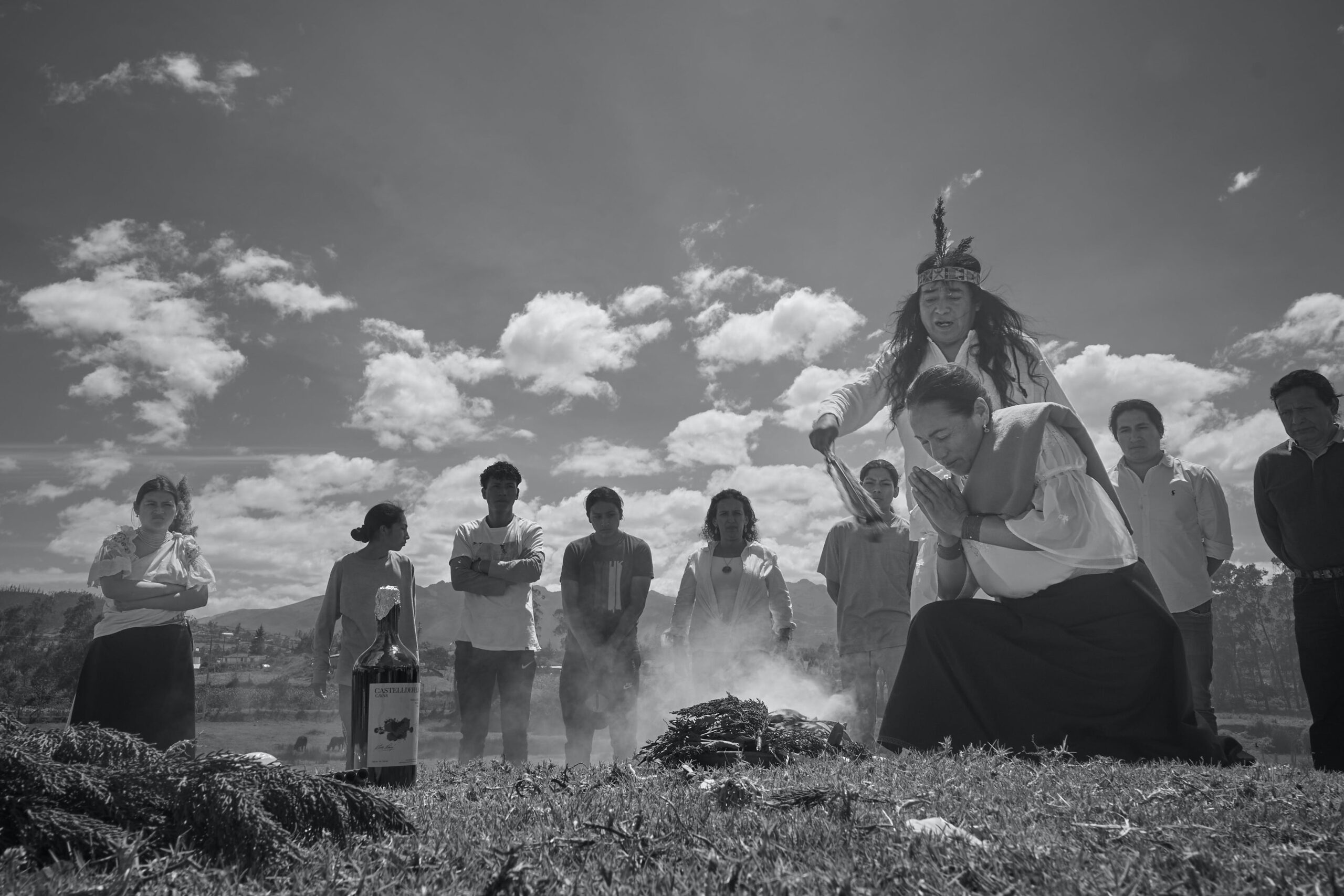Join us on a soul-stirring expedition through India’s spiritual gems, as IndianCulture.com unveils the enchanting world of religious tourism where history, faith, and culture intertwine. In this exhilarating journey, we cannot overlook the grandeur of Kalighat Temple, Kolkata’s sacred abode. Come, let us immerse ourselves in the divine allure of this ancient temple, as we explore its captivating history, folklore, and deep-rooted significance in the Bengali culture. As we step foot into this hallowed ground, we will witness a fusion of fervent devotees, intricate rituals, and the overwhelming presence of the divine, leaving an indelible mark on our hearts and souls.

History of Kalighat Temple
The origins of Kalighat Temple
The history of Kalighat Temple can be traced back many centuries, making it one of the oldest and most revered temples in Kolkata, India. According to ancient Hindu mythology, the temple stands on the spot where the toes of the right foot of Goddess Sati fell during Lord Shiva’s Tandav dance of destruction. Over time, the area became synonymous with the worship of the Divine Mother, with devotees flocking to the spot to seek her blessings.
The significance of the goddess Kali
Kalighat Temple is dedicated to the goddess Kali, a fierce and powerful form of the Divine Mother. Kali is often depicted with a dark complexion, symbolizing both her role as the ultimate destroyer of evil and her association with the eternal darkness before creation. She is the embodiment of strength and protection and is worshipped by millions of devotees who seek her blessings for spiritual enlightenment, liberation from suffering, and protection from negative forces.
Renovation and expansion of the temple
Over the centuries, Kalighat Temple has undergone several renovations and expansions to accommodate the growing number of devotees. The original structure was a simple hut-like shrine, but it has now evolved into a sprawling complex, complete with multiple shrines, prayer halls, and other ancillary buildings. Despite its modernization, the temple has managed to retain its ancient charm and spiritual aura, making it a must-visit destination for pilgrims and tourists alike.
Architecture and Design
The unique architectural style of Kalighat Temple
Kalighat Temple is an architectural marvel that showcases a unique blend of traditional Bengali and Hindu architectural styles. The original structure was built using traditional mud and bamboo, reflecting the simplicity and austerity of early religious structures. However, subsequent renovations added intricate terracotta work, ornate wood carvings, and decorative elements, elevating the temple’s aesthetic appeal.
The main structure and layout of the temple
The temple complex is divided into different sections, each serving a specific purpose. The main entrance leads to a large courtyard where devotees gather to offer prayers and seek blessings. The sanctum sanctorum, housing the idol of Goddess Kali, is located at the heart of the complex. The interior of the temple is dimly lit, creating an atmosphere of mystery and reverence. The soothing fragrance of incense adds to the spiritual ambience, transporting devotees to a higher plane of consciousness.
Intricate artwork and sculptures
One of the most striking features of Kalighat Temple is the intricate artwork and sculptures that adorn its walls and pillars. The terracotta panels depict scenes from Hindu mythology, capturing the essence of ancient tales and legends. The wood carvings showcase the artistic prowess of the craftsmen, who painstakingly carve out intricate patterns and motifs. These artistic marvels not only enhance the temple’s visual appeal but also serve as a reminder of the rich cultural heritage of Kolkata.

Religious Practices and Rituals
Devotees and their offerings to the goddess
Devotees from all walks of life visit Kalighat Temple to offer their prayers and seek the blessings of Goddess Kali. Many devotees bring offerings such as flowers, incense, coconut, and sweets to express their devotion and gratitude. The most fervent devotees also offer animal sacrifices as a symbol of surrendering their ego and desires to the goddess. These offerings, along with the recitation of hymns and mantras, create a powerful spiritual energy within the temple premises.
Daily rituals and ceremonies
The temple follows a strict daily schedule of rituals and ceremonies to honor Goddess Kali. The day begins with the Mangal Aarti, a morning prayer ceremony that wakes up the goddess and prepares her for the day ahead. Throughout the day, devotees can witness a series of rituals, including Abhishekam (bathing the idol), Bhog (offering of food), and Arati (prayer with lamps). These rituals are performed by the temple priests, who have dedicated their lives to serving the goddess and ensuring the smooth running of the temple.
Festivals celebrated at Kalighat Temple
Kalighat Temple comes alive during various Hindu festivals, attracting thousands of devotees from all corners of the country. The most significant festival celebrated at the temple is Kali Puja, which falls in the Hindu month of Kartik (October-November). During this festival, the entire temple complex is adorned with lights, flowers, and colorful decorations. Devotees offer special prayers, sing devotional songs, and participate in cultural programs that showcase the rich heritage of Bengal. The atmosphere is filled with joy, devotion, and a sense of unity among the worshippers.
Divine Beliefs and Legends
The legend of Kalighat Temple
According to ancient legends, Goddess Kali manifested herself at Kalighat in response to the prayers of a devout sage named Vamadeva. The sage was tormented by a demon who wreaked havoc in the region, and it was his unwavering faith that caught the goddess’s attention. She appeared before him in her ferocious form and annihilated the demon, thereby establishing Kalighat as a sacred spot for her worship. This legend continues to inspire devotees and reinforces their belief in the divine power of Goddess Kali.
Miraculous powers attributed to the goddess
Goddess Kali is believed to possess extraordinary powers and has been associated with numerous miracles over the centuries. It is said that she has the ability to grant boons, protect her devotees from harm, and guide them on the path of righteousness. Many individuals have experienced firsthand the transformative power of the goddess, with their prayers being answered and their lives being transformed for the better. These miraculous incidents further strengthen the faith of devotees and instill a deep sense of awe and reverence for the goddess.
Devotees’ unwavering faith in Kali
The devotees of Kalighat Temple share a profound faith in the power and benevolence of Goddess Kali. They believe that her divine intervention can bring about positive changes in their lives, providing them with strength, protection, and spiritual guidance. For many, visiting the temple is not just a religious obligation but a deeply personal and spiritual experience. They seek solace and comfort in the presence of the goddess, finding the strength to overcome obstacles and face the challenges of life with renewed vigor.

Devotion and Spirituality
The importance of Kalighat Temple for Hindu devotees
Kalighat Temple holds immense significance for Hindu devotees, who consider it a sacred pilgrimage site. It is believed that a visit to the temple can cleanse one’s sins, purify the soul, and grant blessings for a prosperous and fulfilling life. Devotees come from various parts of India and even abroad to seek the divine grace of Goddess Kali, making it a melting pot of diverse cultures and traditions. The temple serves as a unifying force, bringing together people from different backgrounds and fostering a sense of spiritual unity.
Seeking blessings and divine intervention
Devotees visit Kalighat Temple with different purposes and intentions. Some come seeking relief from physical ailments, while others seek guidance in matters of love, career, or family. Many couples visit the temple to seek the blessings of the goddess for a happy and harmonious married life. It is believed that by wholeheartedly surrendering to the goddess and offering sincere prayers, one can attract her divine attention and receive her blessings. These moments of connection and communion with the divine provide solace, hope, and renewed faith in the devotees.
Spiritual experiences and personal testimonies
Numerous devotees have shared their spiritual experiences and personal testimonies of the transformative power of Kalighat Temple. They recount instances of healing from illnesses, receiving guidance during difficult times, and experiencing a deep sense of inner peace and bliss within the temple’s premises. Many devotees claim to have felt the presence of the goddess and received divine messages or visions that have had a profound impact on their lives. Such experiences reinforce the belief that Kalighat Temple is not just a physical structure but a sacred abode where the divine and the human intersect.
The Social Role of Kalighat Temple
Charitable activities and initiatives
In addition to its religious and spiritual significance, Kalighat Temple plays an important role in serving the community through various charitable activities and initiatives. The temple runs a free healthcare clinic that provides medical assistance to the underprivileged. It also operates a charitable kitchen that serves meals to the needy on a daily basis. These initiatives reflect the temple’s commitment to social welfare and its desire to alleviate the suffering of the less fortunate.
Providing food and shelter to the needy
One of the most impactful initiatives of Kalighat Temple is its provision of food and shelter to the homeless and destitute. The temple has a dedicated space where individuals in need can find a safe haven, a warm meal, and a bed to rest. This initiative not only addresses the immediate needs of the homeless population but also gives them a sense of dignity and belonging. By extending a helping hand to the marginalized, the temple reaffirms the principles of compassion, empathy, and social justice.
Supporting education and cultural preservation
Kalighat Temple also recognizes the importance of education and cultural preservation in shaping the future of society. It has taken up initiatives to support underprivileged children by providing them with access to quality education and vocational training. The temple also organizes cultural events and workshops to promote traditional art forms, music, and dance, ensuring that the rich cultural heritage of Kolkata is preserved for future generations. These efforts reflect the temple’s commitment to holistic development and its desire to contribute to the overall growth of the community.
Visiting Kalighat Temple
Location and accessibility of the temple
Kalighat Temple is located in the bustling city of Kolkata, making it easily accessible to both locals and tourists. Situated in the Kalighat neighborhood, the temple attracts thousands of visitors every day. The nearest metro station is Kalighat, and there are also numerous bus routes that pass near the temple. The temple’s central location and well-connected transport links make it a convenient destination for devotees and tourists alike.
Timings and guidelines for visitors
The temple remains open throughout the week, allowing visitors to seek the blessings of Goddess Kali at their convenience. The timings may vary slightly depending on the day and festival schedules, so it is advisable to check the official website or inquire locally before planning a visit. Visitors are expected to maintain decorum and adhere to the guidelines set by the temple authorities. It is recommended to dress modestly and remove footwear before entering the temple premises as a sign of respect.
Etiquette and dress code
When visiting Kalighat Temple, it is important to observe certain etiquette and dress code to show reverence to the goddess and maintain the sanctity of the place. Visitors are expected to remain calm, maintain silence, and refrain from disturbing others during prayers and rituals. Photography and videography may be restricted in certain areas, so it is advisable to seek permission or abide by the instructions provided. As a mark of respect, it is customary to dress modestly, covering shoulders and knees, and avoid wearing revealing or inappropriate attire.
Nearby Attractions
Exploring the surrounding area
After visiting Kalighat Temple, visitors have the opportunity to explore the surrounding area, which is rich in cultural and historical attractions. The nearby Indian Museum, housing a vast collection of art and artifacts, offers a glimpse into India’s rich history and heritage. The Victoria Memorial, an imposing white marble monument, is another must-visit destination that showcases the grandeur of colonial architecture. The lively Kalighat Market, known for its handicrafts and traditional Bengali sweets, is a shopper’s paradise and provides a fascinating glimpse into the local culture.
Other prominent temples in Kolkata
Kolkata is home to numerous temples, each with its unique architectural and spiritual significance. Dakshineswar Kali Temple, situated on the banks of the Hooghly River, is one such prominent temple dedicated to Goddess Kali. Belur Math, the headquarters of the Ramakrishna Mission, is a pilgrimage site that attracts devotees from all over the world. The Marble Palace, adorned with exquisite marble sculptures and artifacts, is not only a place of worship but also a treasure trove of art and history. These temples offer a diverse spiritual experience and further enrich the religious landscape of Kolkata.
Cultural and historical attractions
Kolkata, often referred to as the cultural capital of India, has a wealth of cultural and historical attractions waiting to be explored. The Howrah Bridge, an iconic landmark of the city, offers breathtaking views of the Hooghly River and is a photographer’s delight. The Victoria Memorial, mentioned earlier, is not just a historical monument but also a center for art and cultural exhibitions. The Indian Museum, Birla Planetarium, and St. Paul’s Cathedral are other attractions that showcase the vibrant cultural and historical legacy of Kolkata.
Experiencing Kolkata’s Culture
Cuisine and street food in Kolkata
No visit to Kolkata is complete without indulging in its delectable cuisine and famous street food. The city is renowned for its mouth-watering sweets like Rasgulla, Sandesh, and Mishti Doi, which can be found in sweet shops all over the city. Street food enthusiasts can savor local delicacies like Puchka (pani puri), Kathi Rolls, and Jhal Muri (spicy puffed rice) from the vibrant street food stalls that line the bustling lanes. The culinary delights of Kolkata are a gastronomic journey that truly tantalizes the taste buds.
Art and music scene in the city
Kolkata has a thriving art and music scene, attracting artists, musicians, and performers from all over the country. The city is home to numerous art galleries and cultural centers that showcase contemporary and traditional art forms. The Rabindra Sadan and Nandan complexes are known for their theatrical performances, film screenings, and art exhibitions. The city also hosts various music festivals and concerts, celebrating a diverse range of genres, including classical music, Rabindra Sangeet, and contemporary fusion. Kolkata’s cultural landscape is a testament to its rich artistic heritage and creative spirit.
Famous festivals and local traditions
Kolkata is renowned for its grand celebrations during festivals, where the city comes alive with pomp, color, and revelry. Durga Puja, the biggest festival of the Bengali community, is a time of immense joy and devotion. Elaborate, artistic pandals (temporary structures) are erected all across the city, showcasing creative themes and breathtaking artwork. The air is filled with the sound of rhythmic drums and the vivacious beats of traditional music. The immersion of the idols in rivers and lakes marks the culmination of the festival, as devotees bid farewell to Goddess Durga with tears and prayers for her return the following year.
Conclusion
The enduring significance of Kalighat Temple lies in its role as a spiritual sanctuary, a center of worship, and a beacon of hope for millions of devotees. The temple’s architectural beauty, rich history, and religious practices make it a place of deep reverence and spiritual awakening. Beyond the realm of spirituality, Kalighat Temple has also embraced its social responsibility by engaging in charitable activities, supporting education, and preserving cultural traditions. It is a testament to how spirituality and social welfare can go hand in hand.
Visiting Kalighat Temple is not just a journey of faith but a transformative experience that touches the soul. Devotees come seeking solace, guidance, and blessings, and they leave with a renewed sense of purpose and a deeper connection to the divine. The temple’s impact extends beyond the boundaries of religion, transcending differences and uniting people from all walks of life. Kalighat Temple stands as a living testament to the enduring power of faith, spirituality, and compassion in shaping lives and communities.
